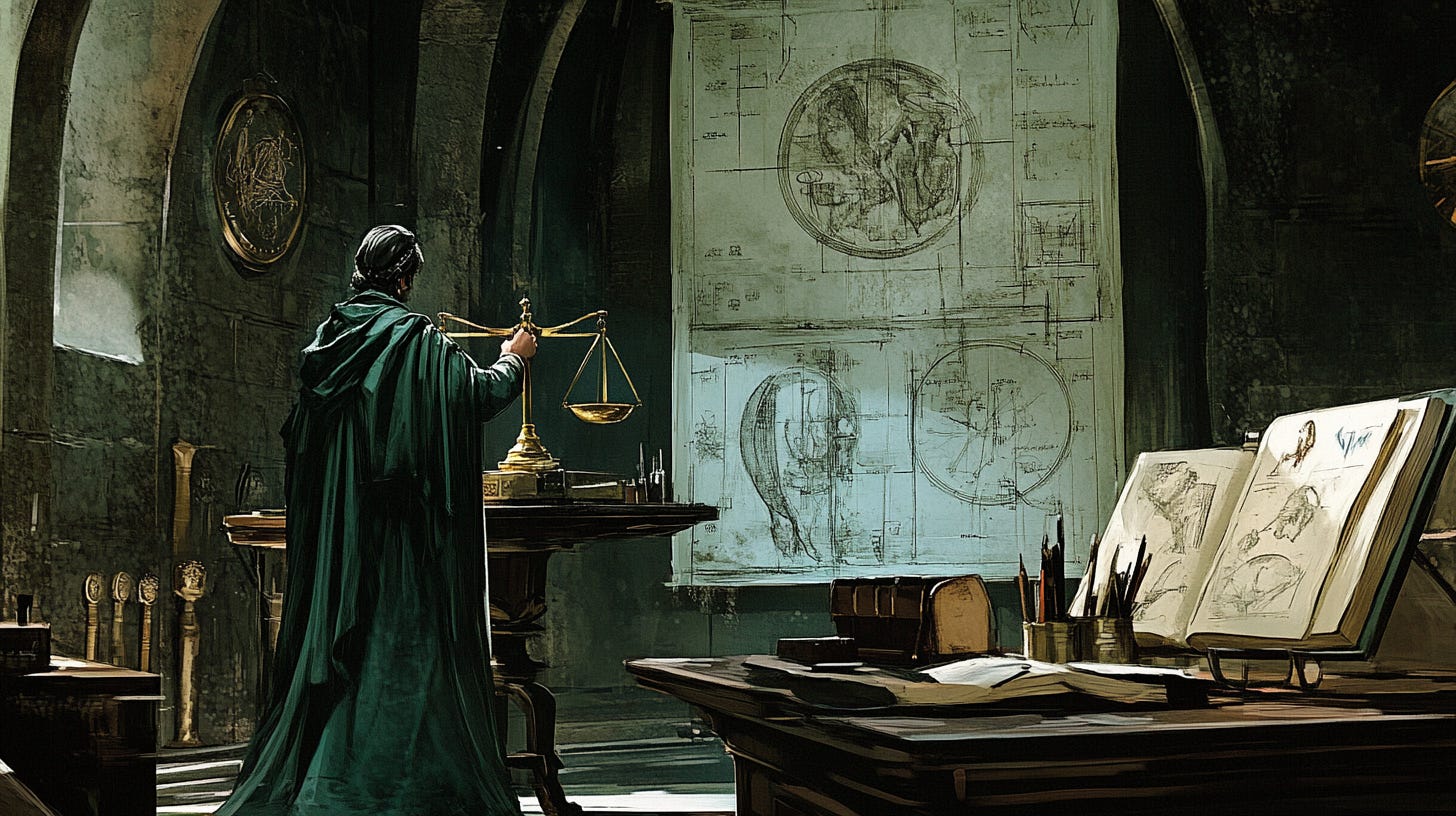Let's start with a simple truth: rating things is fun. We all do it. Whether it's a movie, a restaurant, or even our favorite slice (shoutout Portnoy), it's satisfying to attach a score to something. It gives us a sense of order in a messy world.
This impulse to rate things reflects a deeper human need--to create hierarchies, to feel like experts, and to make sense of what we experience. It's why we obsess over top 10 lists and why entire industries are built around review systems.
Think about how often we rely on numbers to define quality. Michelin stars are shorthand for excellence in dining. And Rotten Tomatoes helps us decide what movie to watch. These numbers provide a guide for those of us who don't have expert knowledge, providing shortcuts to navigate overwhelming choices. Consider how many now-classic films were initially dismissed by critics. The gap between institutional validation and actual impact can be striking.
The problem is that numerical systems, while useful, fail to capture the emotional and cultural dimensions of what makes something resonate. A niche artwork might receive a low rating in the broader market but resonate powerfully with someone who connects to it on a personal level. Similarly, brands once dismissed for their unconventional designs have often gained devoted followings, transforming into symbols of cultural significance. Does this shift in perception mean the original consensus missed something, or does it show how fluid and elusive quality can be?
Curiously, the more someone knows about a field, the less likely they are to rely on numerical ratings. Wine experts rarely reference Parker scores, and fashion insiders care little for magazine rankings. Perhaps expertise means moving beyond numbers to embrace nuance, appreciating the subtleties that evade simple categorization.
While numerical systems can help us navigate a complex world, the essence of quality resists being fully reduced to a number. Quality is multidimensional, evolving, and influenced by countless variables. That said, I hope we can agree that there is such a thing as good and bad design, objectively. Maybe the ideal rating system isn't about granular precision at all. Perhaps it's as simple as binary: 0 or 1--good or bad. After all, when we truly connect with something, we don't think about whether it's an 8 or 9 out of 10. We simply know it works.


